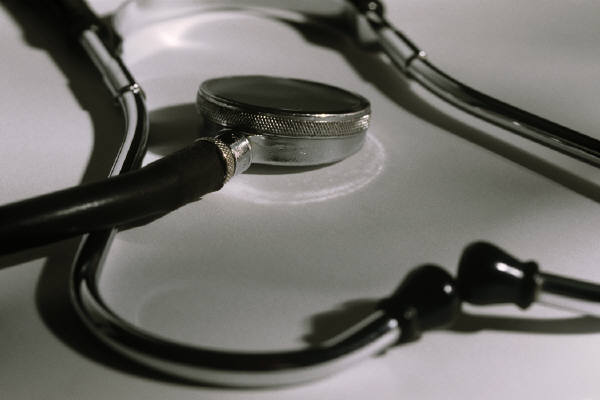Dispatch
When the ems practitioner is expected to carry out acts that exceed the basic life support model then a form of medical control or authority is usually required. In many places this is because the acts that the ems practitioner carries out are defined as medical acts requiring medical authority in some form. Thus, there is a legal pressure to provide a chain of authority and accountability.
The fact that the acts concerned have previously been the preserve of the medical profession provides a second incentive to ensure that a non-medical person would be able to carry them out effectively and appropriately. Prehospital care providers do not have the depth of education and experience that specialist Medical practitioners are expected to have. If these acts were carried out in an institution where specialist Medical care was available then it would be inappropriate for that level of care not to be utilized. The situation in the field is however different as there will not be access to the full range of medical specialization. Transferring the care to the field will quite reasonably cause some anxiety amongst the medical profession who are seen to authorize this care.
The first steps to the provision of
prehospital advanced care were by a real-time remote medical control. In this system
medical acts are authorized on an individual basis as they occur using radio communication
to facilitate the contact between the medical authority and field practitioner. A remote
control or fly-by-wire system has the advantage of allowing an experienced medical
practitioner to influence and guide the management of care at a distance. In theory this
means that the patient gets the benefit of the highest level of education even when they
are physically removed from that person.
In practice there are some considerable problems with this system in that the people on
both ends of the communication line have to have mutual respect and a very advanced
ability to communicate using only one medium. This can lead to delays and to
misinterpretation of the situation. An advanced example of this was using telemetry to
transmit ECGs prior to administering thrombolytic therapy in the field. At least one trial
has failed to prove the worth of this treatment because of the difficulties in
establishing the link and obtaining the authority within a reasonable time line.
Protocols or standing orders are a natural progression and provide a means of authorizing
medical actions without the need for actual contact to occur at that time. A well-trained
prehospital practitioner can establish whether a clinical situation meets the inclusion
criteria and does not meet the exclusion criteria before proceeding with a protocol. This
system will provide prehospital care in a shorter time frame and gives a clear expectation
to measure that care against.
Protocols can be written by experts in the field
taking into account the most recent research in that field. A well-researched and written
protocol will allow a prehospital practitioner to provide optimum patient care in an
efficient manner in most circumstances. Protocols have one important problem, in that the
clinical situation may not exactly match the situation that was envisaged at the time the
protocol was written. This inability to cater for the outlying cases seems at first glance
to be the only major shortfall of a protocol-driven system.
If one considers the more general effects of protocols other factors become apparent. By relying on protocols, the ems practitioners only have to satisfy themselves that the patient meets the criteria and follow the instructions. This has a possibility of leading to a very blinkered view of the situation and possibly a failure to appreciate a subtle difference that would have caused another management strategy to be more appropriate.
A system relying on protocols can have a similar blind spot in that quality processes will tend to assess whether the management matches the protocol--using the protocol as the standard. If the management does match the protocol then a sense of reassurance is created. This approach does not actually ask the key question: what was the patient's outcome?
By relying on a compliance measure instead of a quality feedback
process based upon the clinical progress of the patient the protocol system is also
deprived of input that would allow progression and development in prehospital management
of this condition.
Protocols are thus good in that they provide a means of
authorizing management but are also bad in that they may provide a false sense of security
and actually inhibit development of a system.
- Dr. Hugh Grantham, Medical Director
South Australia Ambulance Service,
July 1999

Models of PreHospital Care